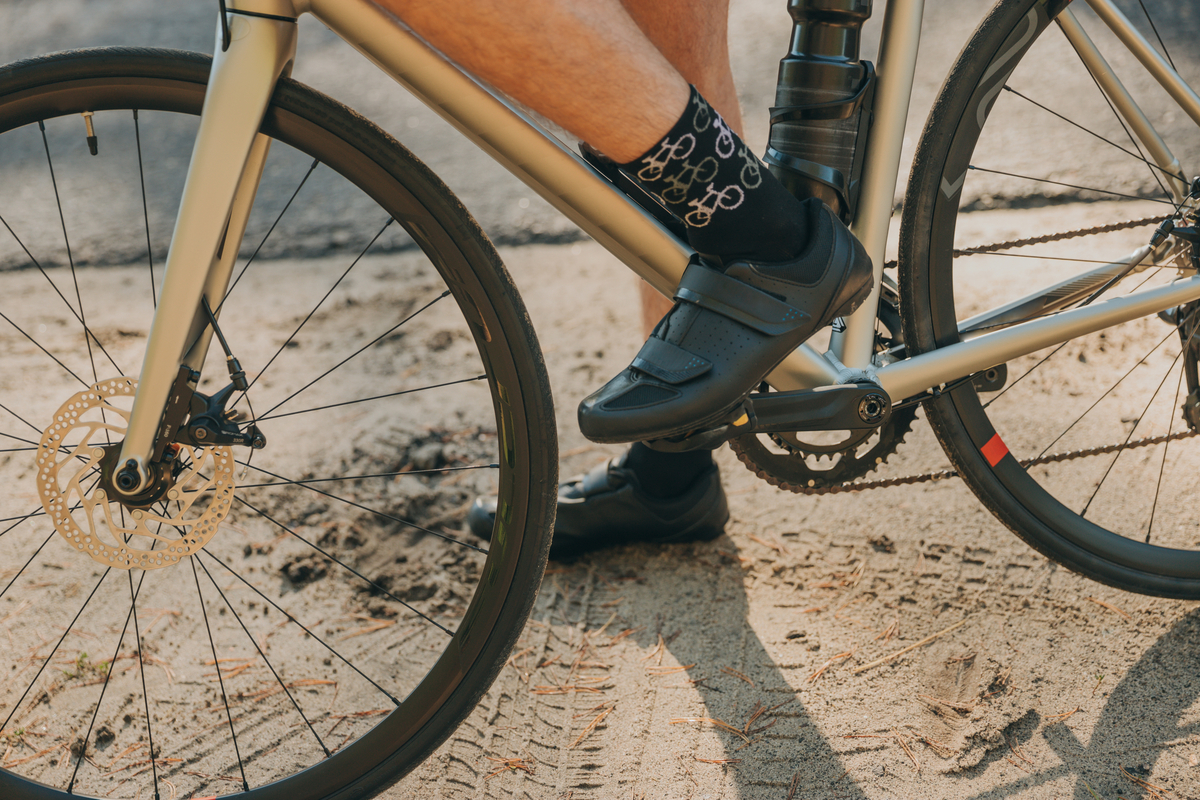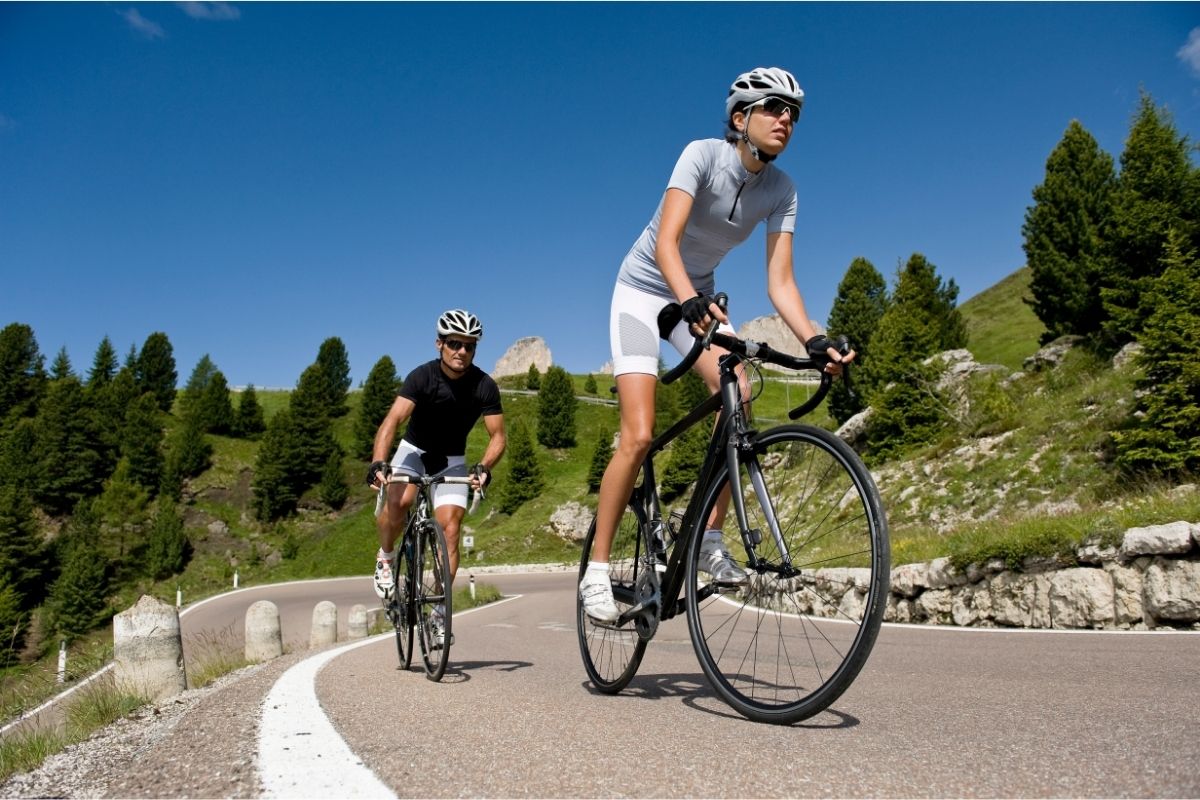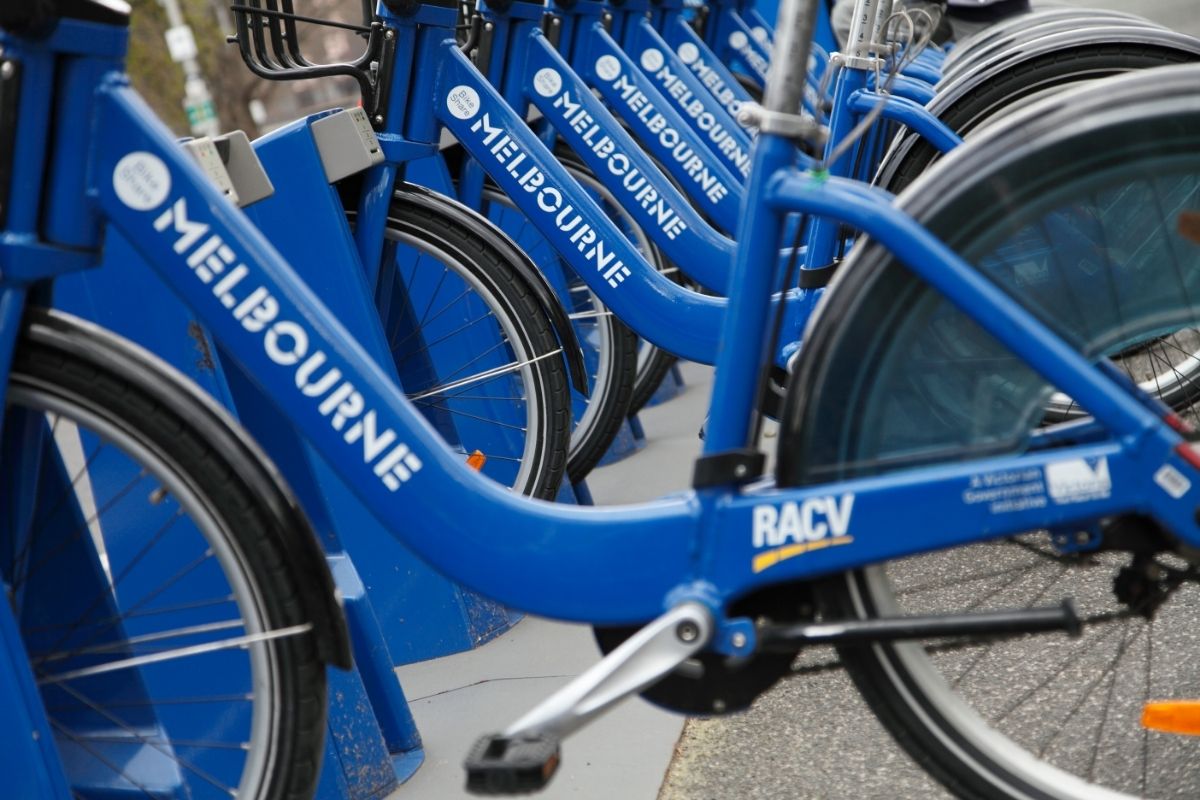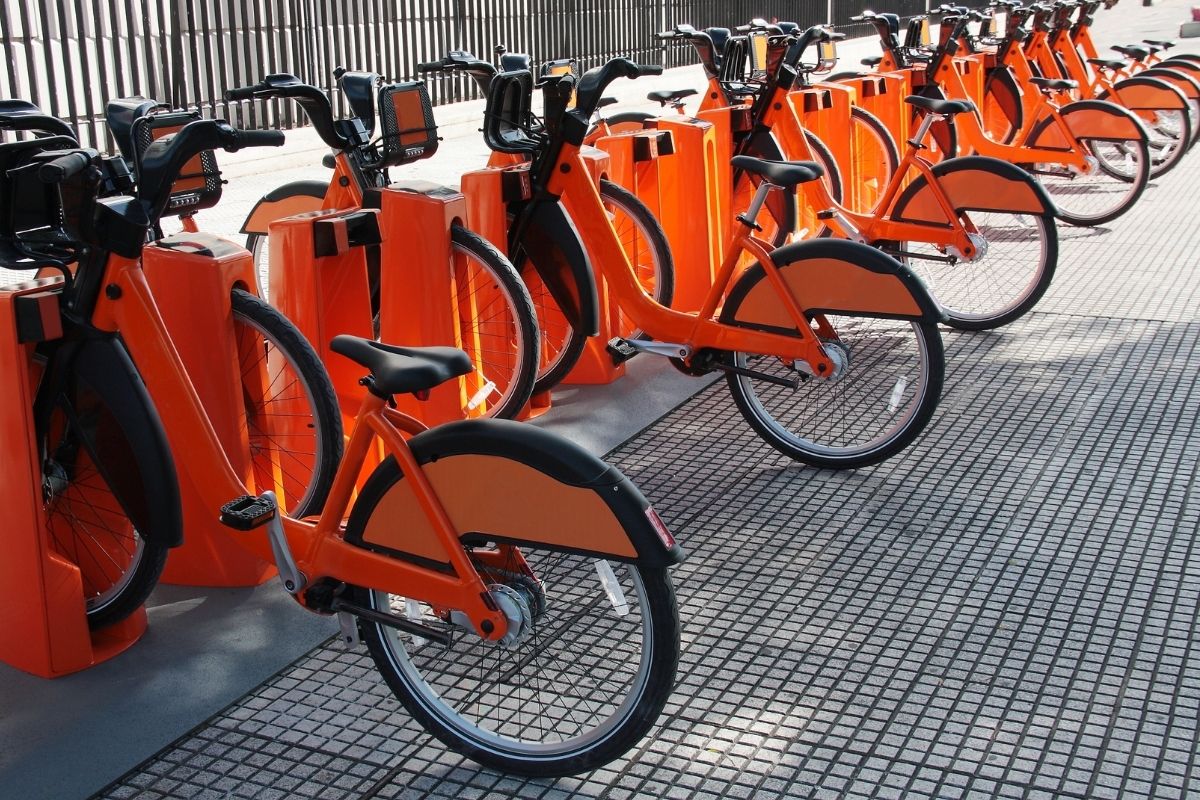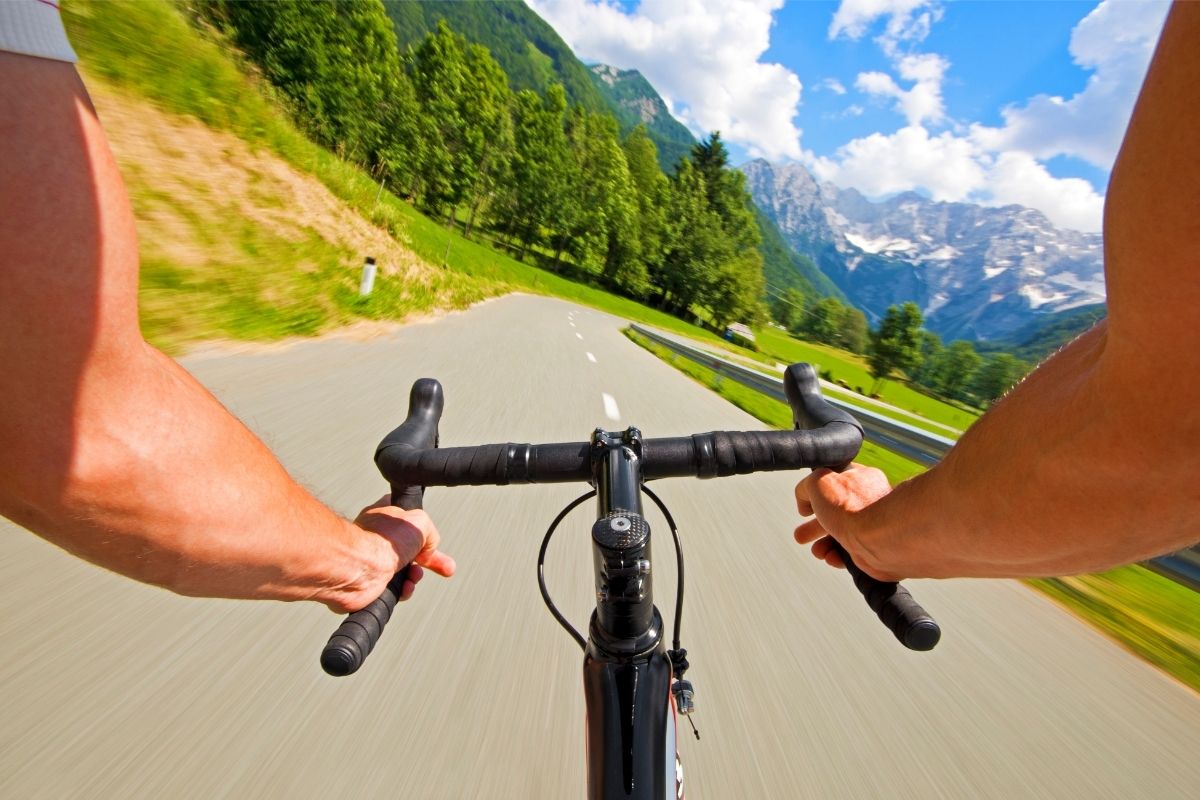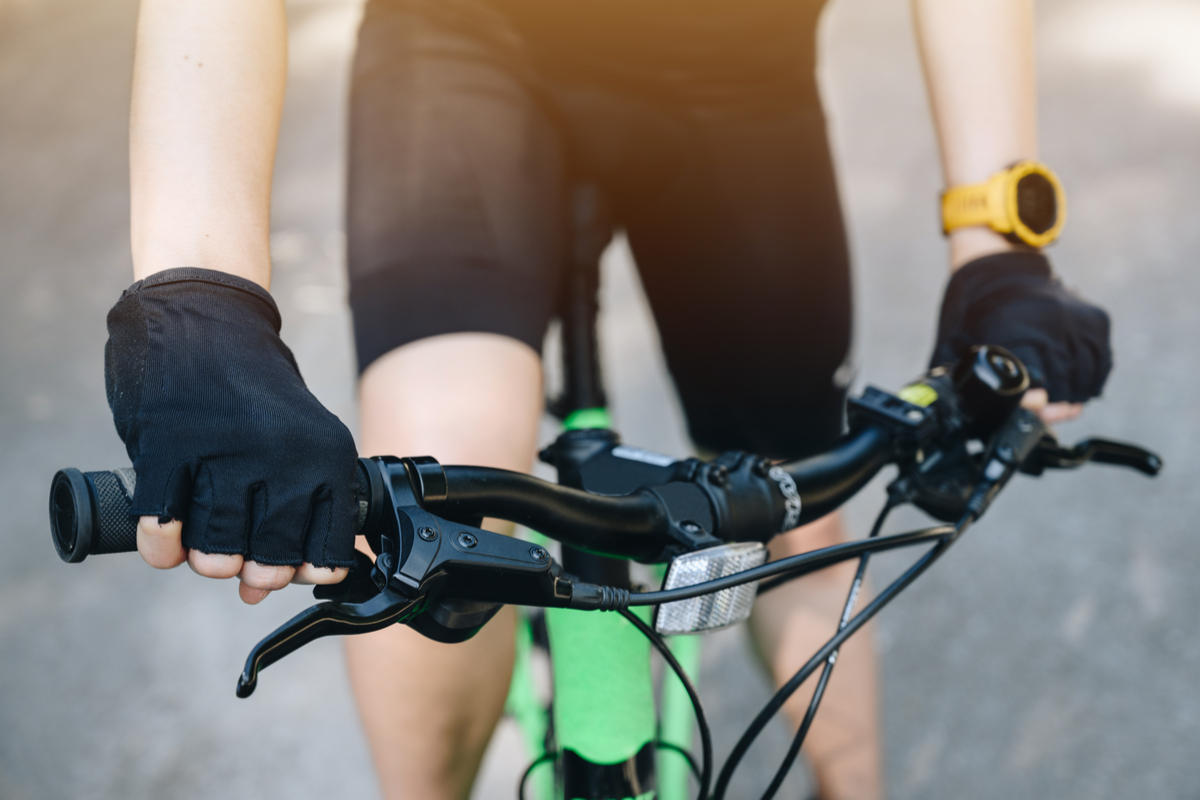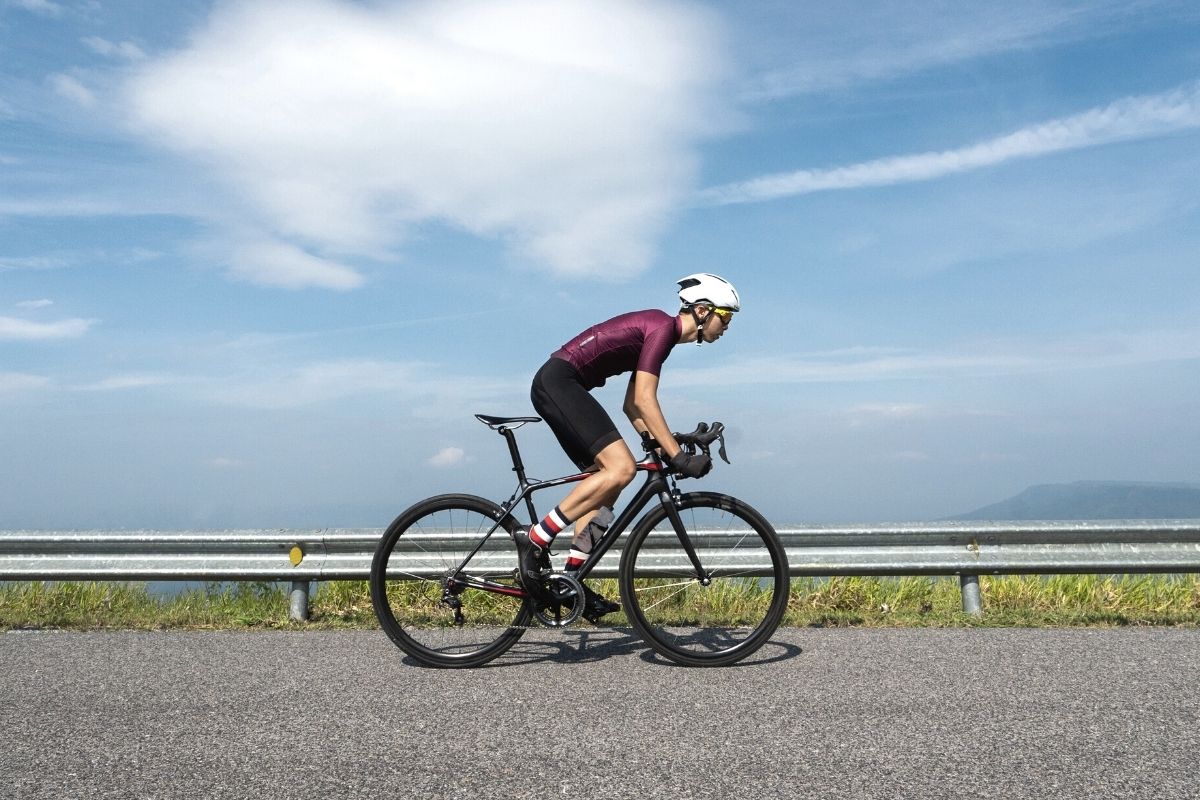The freewheel vs cassette has been debated for years and a lot of bike dealers will use the names interchangeably.
Instead of creating clarity amongst riders, however, this only confuses them further. Learning about a bike gear system when you start to cycle more seriously is key to not wasting money, and getting the most out of the sport.
Usually, modern bikes come with a cassette system, and this is essentially an updated version of the freewheel.
In this article, we take a look at the two systems and their differences, including the pros and cons, and run through reasons you might choose a cassette over a freewheel or vice versa. Let’s jump in.
Freewheel
A freewheel is one set of gears that are screwed to the rear wheel of the bike. The mechanism will lock as you pedal the bike forward and this forces the drivetrain to drive the wheel.
Though the gear set is attached and screwed to the rear wheel of the bike, it usually spins when you don’t pedal or move backward. This is what gives it the name, freewheel.
The freewheel has a standard set of threads and these can screw onto freewheel and sprocket clusters. This means the freewheel of any particular brand can mount on any other brand.
Freewheel Vs Freehub
The difference between these two is the design of the coasting mechanism.
A freewheel depends on an assembly internal to the gear cluster to coast.
A freehub, however, relies on a coasting mechanism internal to the hub of the rear wheel.
To identify the mechanism, take off the rear wheel and spin the cluster back. If the middle of the gear cluster that is the tool fittings that connects the cluster to the hub doesn’t move, you have a freewheel. However, if they do move, you likely have a freehub.
Freehubs are mechanisms used alongside cassettes and it is called a freehub as the hub can move freely to the gear cluster or the cassette.
Cassette
A cassette on the other hand is a set of sprockets that can be located on the rear hub of the bike.
It is held in place by a lockring and a typical cassette can have around 5-13 sprockets, yet modern bike drivetrains use around 9-11. A cassette is almost like an updated freewheel and therefore, most modern bikes will come with a set of sprockets over the freewheel.
Differences Between The Freewheel And Cassette
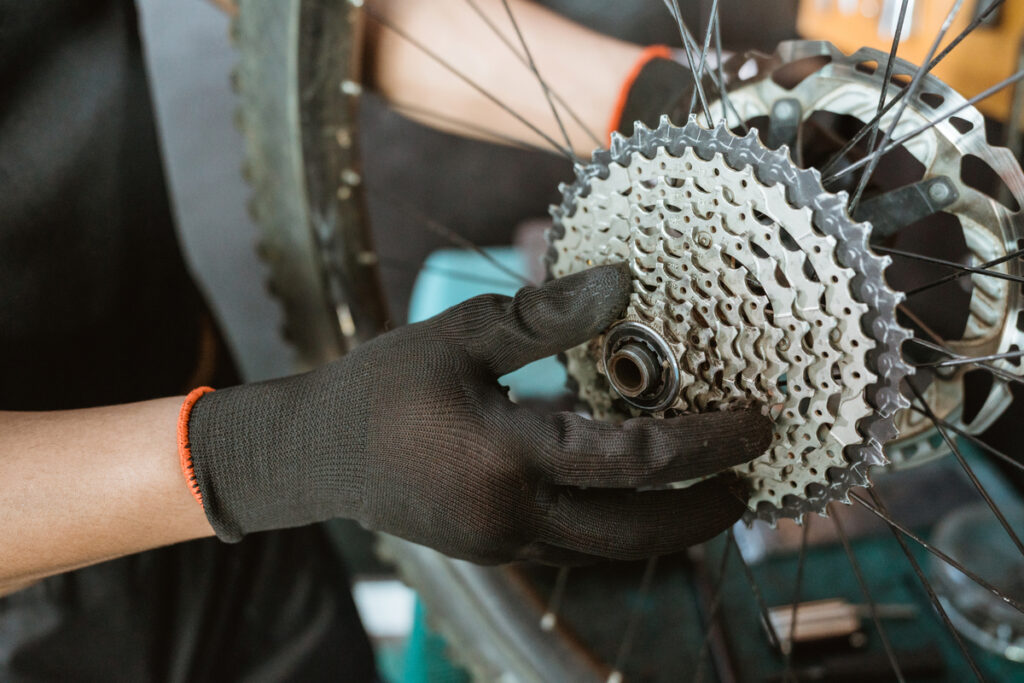
The Installation And Removal Process
A normal freewheel system is screwed onto the hub of the bike. When you pedal, the system tightens and this means you do not need any particular tool to install it.
It might, however, help if you have a specific tool such as a freewheel extractor to remove it. That is because it tightens when you pedal and during the installation process. For standard cassettes, however, they need a specific spline tool to install and remove.
Sprockets
In a cassette, you will find that the sprockets are bolted together and feature three little bolts. These bolts keep the sprockets in a position when they are detached from the ratchet.
When a freewheel is involved, the sprockets are instead slid into the splines and are held in their position with a lockring. This means you can tell the difference between a freewheel and a cassette by simply searching for how the sprockets have been attached.
Swapping
If you choose a freewheel bike, in most cases, you have to stick to it. Similarly, if you opt for a cassette when you buy your bike, you will often have to stick with this too. You cannot swap them, yet you can always update the hub.
Swapping is not only very difficult, but you also have to match the cassette or freewheel with the speed of the original.
Consequently, you need to take extra care when buying a new bike, considering whether you want a freewheel or a cassette, so you end up with the right bike and don’t end up wasting money.
Usage
Since freewheels are so tricky to change and they have fewer gears, they are better suited for casual riding on cruiser bikes. They are best for slower riders and riders who stick to the streets.
On the other hand, cassettes are best for road biking or mountain biking as they are easier to change and much lighter to carry around.
They are also suited for riders looking for higher speeds and want to take on some adventurous challenges on some difficult terrains. Bear in mind, however, because of this usage, it is likely you might end up replacing the cassette at some point.
Gear Speed
The freewheel often comes with 5-speed, 6-speed, or 7-speed features. It is unlikely there will ever be a bike with higher speeds than this and this is why it is intended for recreational use.
If you were searching for something with much higher speeds, you should consider buying a cassette. They offer 7, 8, and 9-speed options and although they are rare, they have 10-speed cassette bikes available.
Pros And Cons
Freewheel Pros
- Perfect for casual cycling as it has fewer gears than a cassette.
- Allows reversal threaded-locking.
- A good fast-speed maker.
- An accurate track hub allows for reverse threaded locking.
Cassette Pros
- Lighter and more suited for fast riding.
- Higher gears mean it’s perfect for adventurous riders.
- It is readily available as most modern bikes you find in-store or online feature it.
- Cassettes will often break a lot less frequently than freewheels at the axle.
- Using a cassette will avoid and eliminate any bent axle problems riders experience.
Freewheel Cons
- Hard to change.
- Not as readily available as such an old version.
- There is no proper lock ring.
Cassette Cons
- Much more expensive than the freewheel.
- Higher speeds can be dangerous for some riders.
Which One Is Best For Me?
As with anything that comes with experience and personal opinion, there is no right or wrong answer when it comes to choosing a freewheel or a cassette.
It will always depend on the type of bike the person prefers and the cyclist’s behavior.
Freewheels are much more common on older models from a few years ago, and so if you end up buying a second-hand recreational bike, you might think it already has a freewheel that is perfect for casual and neighborhood riders.
A cassette on the other hand usually comes with modern bikes and as long as you realize how much more gear speed they have, you should be prepared.
We always suggest you stick with a cassette if you are an adventurous cyclist looking to head into the mountains, but if you are buying a brand new bike anyway, you might be equipped with a cassette no matter how you instead use your bike, so bear this in mind.
Final Thoughts
We hope after reading this article you have learned all you need to know about freewheels and cassettes and which system might be better suited to your cycling needs.
Remember, if you buy an old second-hand bike, you might be equipped with a freewheel instead of a cassette, yet as most modern bikes have a cassette, we suggest you buy a brand new bike if you intend to start racing or heading up the mountain.
Both systems allow you to ride freely and have fun but choosing which system you buy is a completely personal preference. Happy cycling!
- Melbourne Bike Share App: Short Review - February 7, 2022
- Cycling Rules In Melbourne - February 4, 2022
- Bike Sharing In Melbourne: What Are The Alternatives - February 4, 2022

